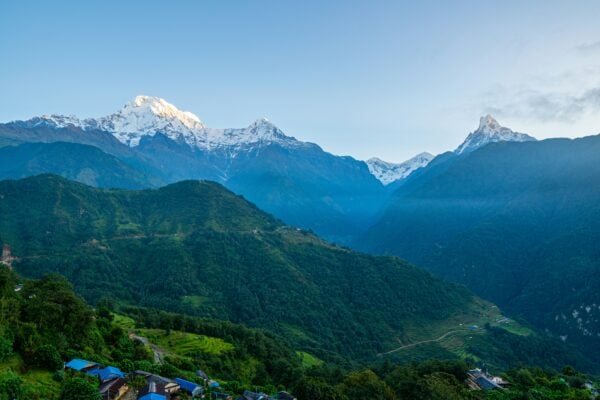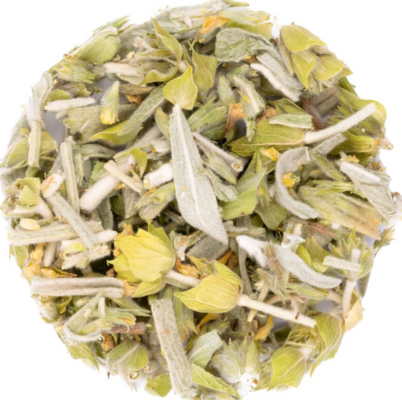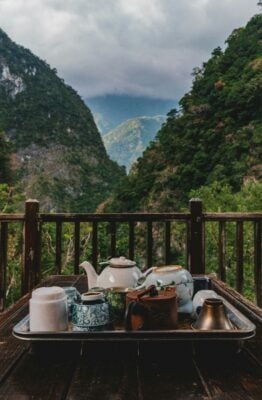Another one of China’s most well-beloved and prestigious teas, and an unmissable member on the China Famous Tea list is found in the gorgeous Yellow Mountains (Huangshan) in the Anhui province in Eastern China. What makes this elegant green tea unique is that it has a slight apricot taste and magnolia fragrance, even though no apricot trees or magnolias grow anywhere near the region. One of the theories is that the presence of wild peach trees in the area may affect the taste of the tea.
Before we delve in deeper, it is important to note that other tea producing regions like Yunnan and Fujian, and even other countries, also grow and sell Maofeng tea. However, it is widely accepted that the best quality of Maofeng tea hails from the Yellow Mountains (Huangshan) region. The origin of Huangshan Maofeng dates back to the Qing Dynasty (1644-1911). The Huangshan mountains proved to be the ideal region to grow tea, as they provided an altitude of at least 700 meters above sea level, fertile soil, and a cool climate with enough fog and rain to let the leaves grow strong and full.

One of the myths surrounding Huangshan Maofeng is that once there was a young scholar that fell head over heels in love with a beautiful girl. However, a jealous landowner saw the beautiful woman picking tea and wanted her for himself, so he forced her into marriage. On the day before the wedding the woman escaped to once again be with the scholar, only to find out that the landowner had killed him. She was so beset with grief that she sat down by his grave, crying uncontrollably, slowly becoming the rain, and the grave of the scholar becoming the tea tree.
The real story goes as follows. In 1875 Xie Yu Tai, a tea merchant, was refining his tea production process (for Song Luo tea) in two ways; first he decided to apply a light rolling technique so the shape of the leaves would be preserved better, and secondly, he repeated the final drying process a number of times, going from a high heat to a lower heat, drawing out the full characteristics of the tea.
As with most Chinese teas, the name itself reveals the shape and appearance of the tea leaves. Maofeng, meaning Fur Peak, refers to the small hairs covering the leaves, and the shape of the processed leaves resembling a mountain peak. The best time to harvest these tea trees, by hand of course, is from late March to early April, before the Qingming Festival of 4-5 April. The best quality pickings usually contain a single bud and a single leaf. These leaves are then pan-roasted over a high fire to prevent oxidation. The leaves are left to dry for a short time and rolled, after which they are hand-roasted over charcoal multiple times to remove almost all the moisture from the leaves.
Like most green teas, Huangshan Maofeng is said to have multiple health benefits, ranging from improved blood circulation, to weight loss, to aiding with respiratory issues. As always, these benefits need to be taken with a grain of salt, and much more research is still needed.



